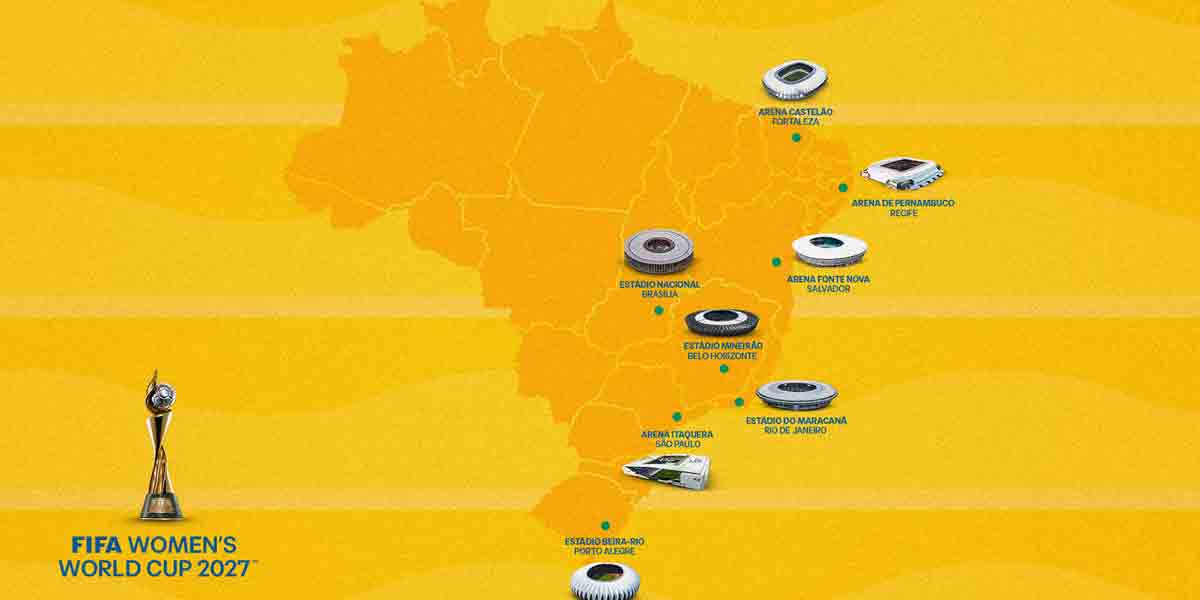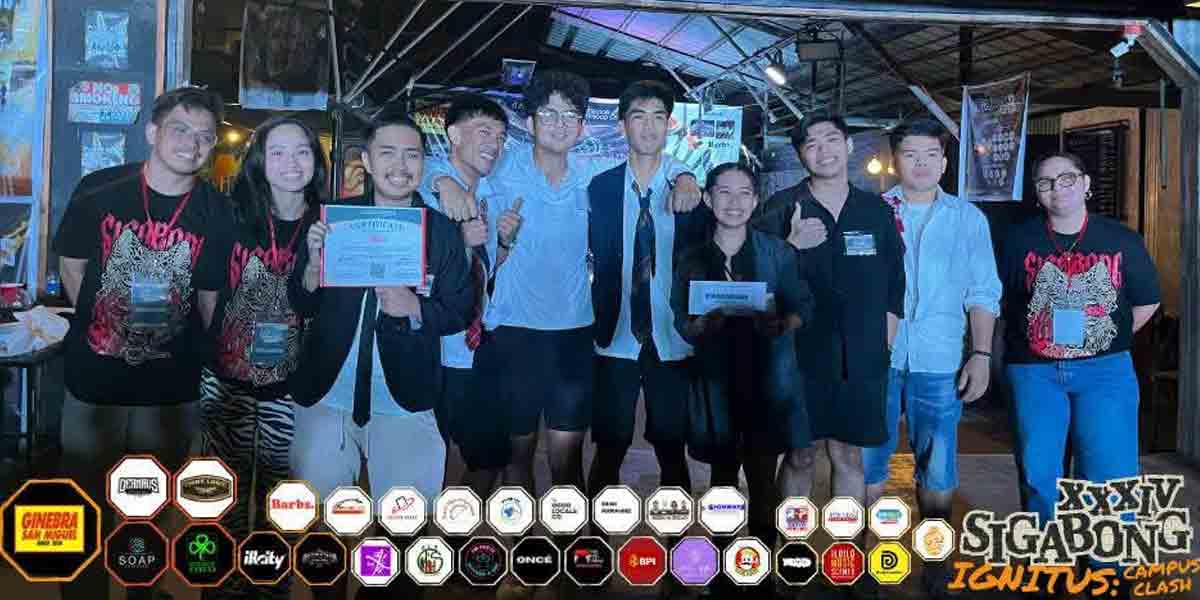By Herman M. Lagon
The Holy Week in the Philippines is a profoundly significant time, blending solemn religious observances with age-old superstitions that have endured for generations. These ideas are passed down through whispers at dinner tables or stern warnings from elders, each with a mysterious aspect. Some believe they retain the season’s holiness, while others view them as antiquated antiques. These superstitions shape our society and conduct throughout this hallowed week, whether we believe it or not.
One of the most well-known Holy Week superstitions is the belief that any wound or injury sustained on Good Friday will take longer to heal. Grandmothers would warn children against playing rough lest they suffer cuts and bruises that supposedly refuse to close. While science may dismiss this as mere coincidence, the fear remains so deeply ingrained that many parents keep their children indoors just to be safe. The idea stems from the notion that Christ’s suffering on this day extends to those who experience pain, making the healing process unnaturally slow.
Similarly, there is a strong belief that bathing on Good Friday invites bad luck. Some say that since Christ is dead on this day, taking a bath opens one’s body to malevolent spirits lurking in the unseen. Others claim that water during this time carries negative energy, potentially bringing illness. Despite modern sanitation concerns, some still refuse to wash themselves on Good Friday, preferring to wait until Black Saturday or Easter Sunday to cleanse both body and spirit.
Noise and merriment are also frowned upon during Holy Week, particularly on Good Friday at precisely three o’clock in the afternoon, the hour when Christ is believed to have died. Elders insist that laughter and unnecessary movement should cease as a sign of respect. Even television and radio stations once honored this tradition by going off-air. While this practice has lessened over the years, with families now traveling or vacationing during the long weekend and secular entertainment just a web-click away, pockets of silence still exist in devout households that maintain this solemn observance.
Another intriguing belief is that supernatural beings—spirits, aswang, or engkanto—are at their strongest during Holy Week. Some claim that because Christ is dead, the forces of darkness are temporarily unchallenged, giving them free rein to wander the earth. This is why faith healers and anting-anting (amulet) enthusiasts consider Good Friday the most potent time to recharge their spiritual objects. Stories abound of mystics disappearing into forests or caves, performing rituals that supposedly grant them extraordinary powers. Whether truth or folklore, this belief keeps many wary of venturing too far from home during this time.
Travel itself is considered dangerous, with some believing that journeys undertaken on Holy Thursday and Good Friday are more prone to accidents. This belief, reinforced by anecdotal stories of mishaps during the Lenten season, discourages many from scheduling long trips. While data might suggest that increased travel during the holidays naturally results in more road incidents, the superstition persists, influencing decisions of families who would rather stay put than risk an unlucky journey.
Household chores are also subject to taboos. Sweeping the floor on Good Friday is believed to drive blessings out of the home. Using knives and other sharp objects is discouraged, as doing so is said to bring bad fortune or unintended injuries that, as previously mentioned, might never heal properly. Some households even refrain from cooking meals that require roasting, as there is a belief that fire can bring misfortune when used for such purposes during Holy Week.
Religious imagery also plays a crucial role in Filipino Holy Week traditions. The palm leaves (palaspas or lukay) blessed on Palm Sunday are often hung on doors and windows, believed to ward off evil spirits and prevent bad luck. Meanwhile, some devout individuals avoid looking into mirrors at night, particularly on Good Friday, fearing that they might see an apparition or something far more sinister staring back at them. This fear of supernatural encounters heightens the already eerie ambiance of Holy Week nights.
One of the more unique beliefs is that jumping on Easter Sunday, like during New Year, can make children grow taller. Parents encourage their little ones to leap as high as possible, believing that Christ’s resurrection symbolism translates into physical growth. While there is no scientific basis for this, it has become an amusing and endearing tradition for many Filipino families, adding a lighthearted contrast to the otherwise serious week.
The culmination of Holy Week brings one final superstition—rainfall on Easter Sunday is believed to be holy and possesses healing properties. Some individuals collect rainwater on this day, using it for blessings or even as a remedy for minor ailments. This belief likely stems from the association of Easter with renewal, purity, and divine grace. Even those who do not necessarily believe in supernatural claims often humor this practice, seeing no harm in hoping for a little extra luck.
These Holy Week superstitions, while sometimes dismissed as mere folklore, offer a fascinating glimpse into the psyche of the Filipino people. They illustrate a deep connection between faith and tradition, a cultural tendency to merge religious observance with mystical beliefs. Whether these practices hold supernatural truth or are simply part of an elaborate historical tapestry, they continue to shape how Holy Week is observed. Even in an age of skepticism, they persist, whispered from generation to generation, reminding us that in matters of faith, belief, and mystery, the lines often blur in the most intriguing ways.
Whether out of fear, habit, or respect for tradition, these superstitions remain part of our cultural fabric. Holy Week is more than a religious observance—it is a blend of history, faith, and folklore, making the season both sacred and culturally rich.
***
Doc H fondly describes himself as a ‘student of and for life’ who, like many others, aspires to a life-giving and why-driven world that is grounded in social justice and the pursuit of happiness. His views herewith do not necessarily reflect those of the institutions he is employed or connected with.





















